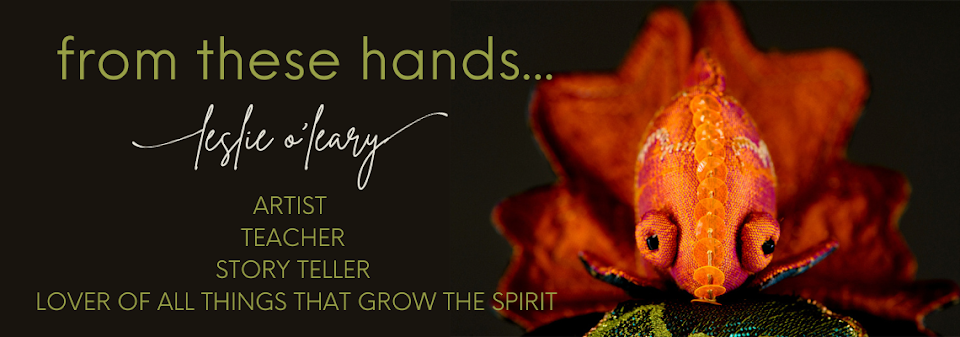 With social changes women gave up their jobs and returned to the home. Being a homemaker was a most honorable profession.
With social changes women gave up their jobs and returned to the home. Being a homemaker was a most honorable profession.
 Then the 60's came and women's views and focus changed from the inner home to the outside world. Civil and women's rights came to the forefront. Glorified housework went out and so followed the apron only to be worn as an accessory.
Then the 60's came and women's views and focus changed from the inner home to the outside world. Civil and women's rights came to the forefront. Glorified housework went out and so followed the apron only to be worn as an accessory. In the 70's, women were once again wearing aprons that were cute. Feeling fine with a profession, they would don an apron only for profession-work outside the home.
In the 70's, women were once again wearing aprons that were cute. Feeling fine with a profession, they would don an apron only for profession-work outside the home. Had aprons reached a point of only being viewed as an accessory only for the homemaker?
Had aprons reached a point of only being viewed as an accessory only for the homemaker?Was it to be tossed aside?
Fortunately in the last few years there has been an apron revival. I am thankful, there is nothing more delightful than to put on a vintage or even a new apron!
I think they should be cherished, for they speak of our creativity and resourcefulness as women in today's world.
So..."Let's get to work"! but in a pretty and stylish way...















































